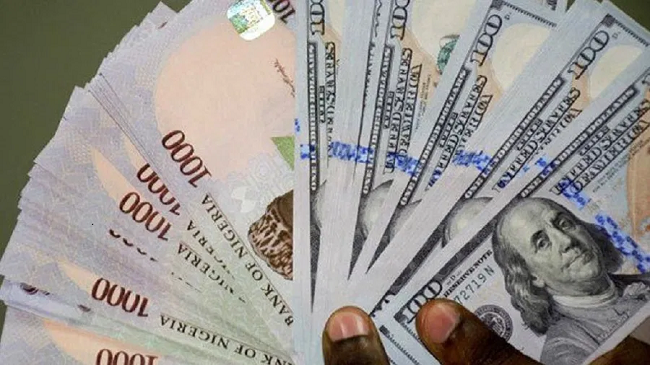The Nigerian naira lost the war against the main foreign currency, the US dollar, at the investors’ and exporters’ FX window, with FX market statistics showing a 3.7% daily decrease.
The exchange rate deteriorated due to a lack of FX supply throughout Nigerian FX markets, resulting in a series of devaluations of the local currency in recent years.
The spot rate in the investors’ and exporters’ window at the FMDQ OTC FX market fell against the US dollar, trading at N768.60, down from N740.08.
In contrast, the Naira remained constant in the parallel market at N870 per US dollar, extending the difference between official and open market values by more than N100.
Nigeria’s External Reserves Below $34bn
External reserves were US$37.39 billion in December 2022, down from US$42.60 billion in 2021. External Reserves may fund 5.4 months of goods and services or 7.1 months of goods alone, compared to 7.3 months or 9.6 months in 2021.
Nigeria’s foreign reserves had fallen below $34 billion by mid-June 2023, and accretion had been constrained due to creeping remittance records. Access to Eurobonds, while available, will come at a high cost – Africa’s largest economy by GDP may be unable to add salt to the wound.
In the medium to long term, Nigeria’s external reserves are likely to continue well above the international standard of 3.0 months of import cover. This optimistic outlook is contingent on on the sustained improvement in crude oil production as the Nigerian government intensifies efforts to address the existing production challenges.
In addition, the current account surplus in the medium to long-term horizon is assumed to support the maintenance of buoyant external reserves.














